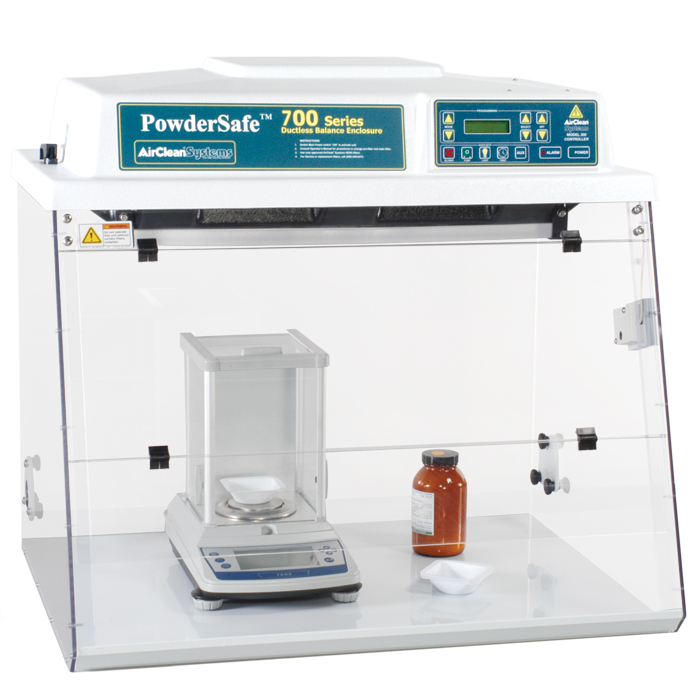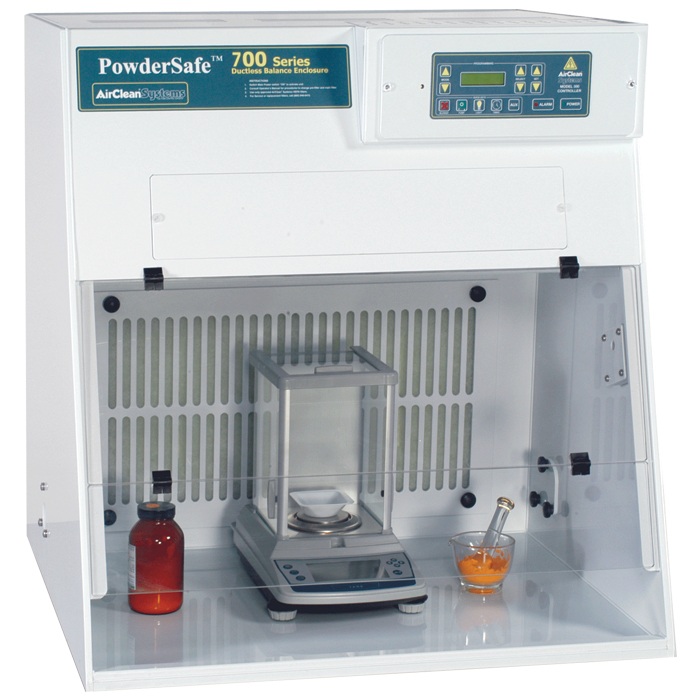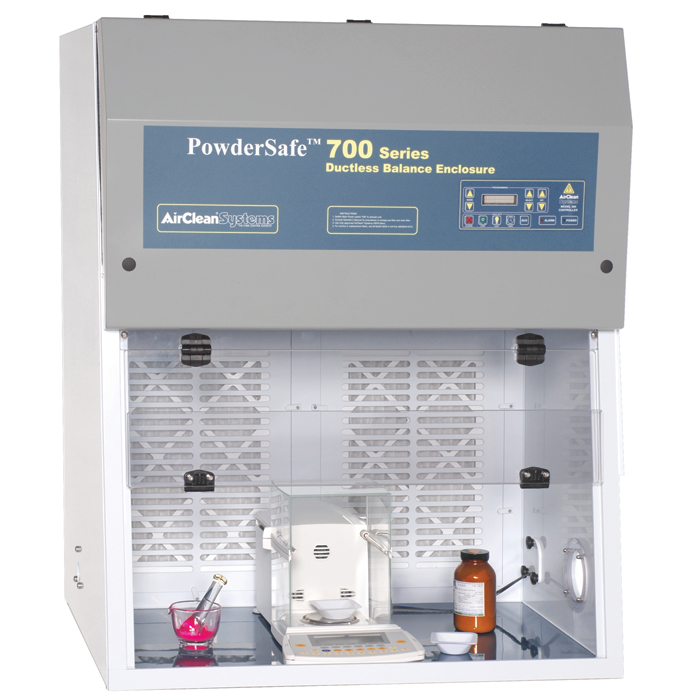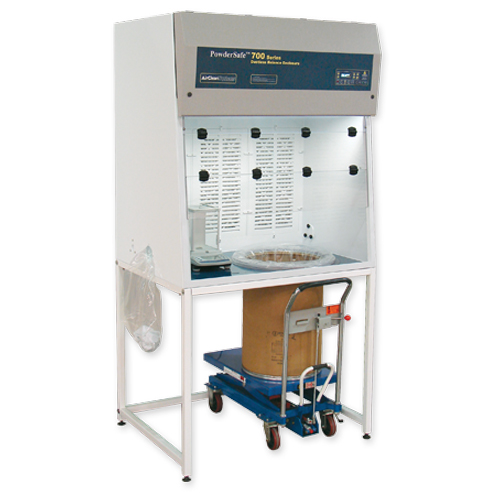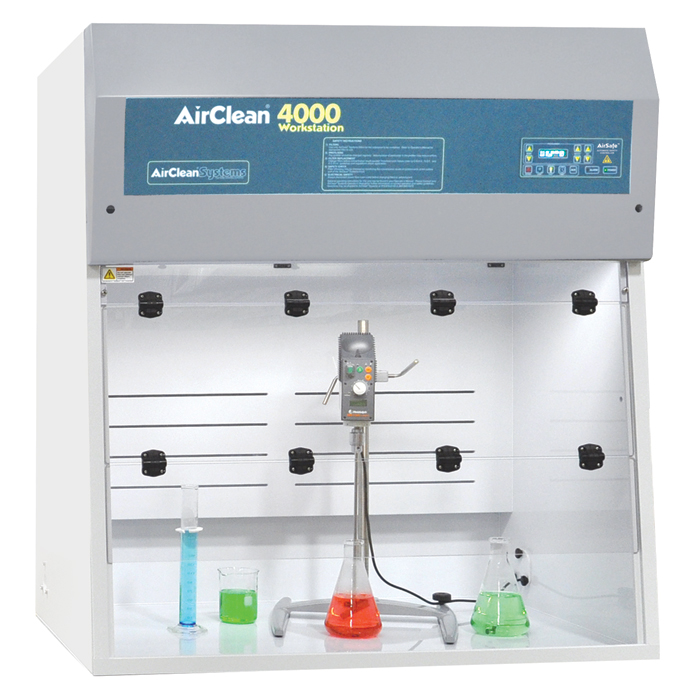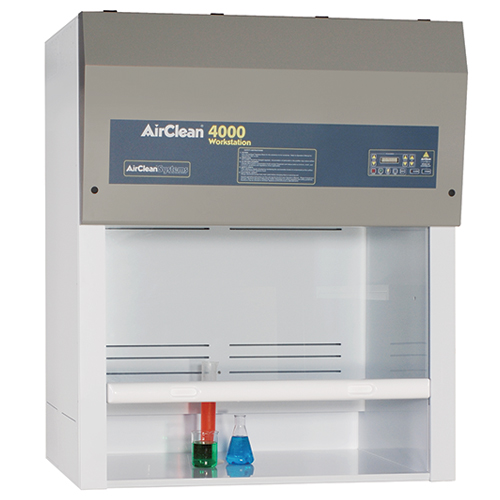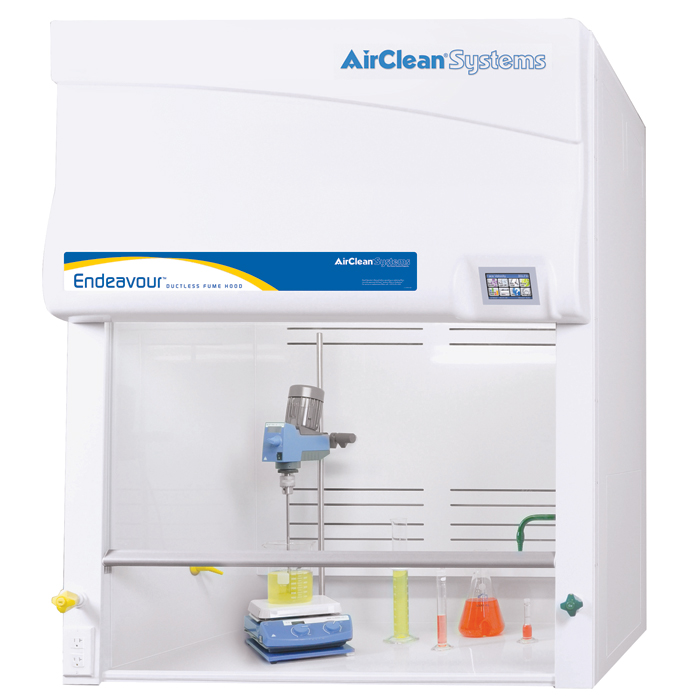
Cosmetics have been around for centuries, and it is clear they will not go away anytime soon. Archaeologists discovered an almost 4,000-year-old lipstick during a dig in Iran1, the oldest known lipstick to be identified to date. Like modern lipsticks, the one found contained hematite, a dark red pigment, waxes, and vegetable oils packaged within a stone cylindrical tube. Today, the global cosmetics industry is estimated to be worth over USD 374.18 billion2 and manufactures thousands of products, from lipstick and eyeshadow to face wash and shampoo. Despite numerous new products hitting the market each year, the process of formulating and developing new cosmetics is quite complex. It must put the safety of both the end user and developer at the forefront.
Cosmetic Chemistry: Where Science Meets Beauty
Cosmetic product and formulation development requires a multi-disciplinary team of cosmetic chemists and product development professionals to create the best and most efficient formulations. Cosmetics contain various ingredients in powder and liquid form, such as emollients, surfactants, humectants, preservatives, stabilizers, fragrances, and color additives. Each ingredient contributes unique properties and functions to a product. However, cosmetic chemists and product development teams must determine the exact mix or formulation of these ingredients that delivers the best, most functional, and efficient product and maintains safety and regulatory compliance.
In the United States, the Federal Food, Drug, and Cosmetic Act, under the supervision of the Food and Drug Administration (FDA), regulates the production and sale of cosmetics. This regulation requires manufacturers to disclose all ingredients and includes standard guidelines for ingredient safety and product testing. All products undergo rigorous testing that examines skin compatibility, heavy metal contamination, stability, microbial contamination, and packaging compatibility to confirm they meet all safety, stability, and quality benchmarks.
Development, Manufacturing, And Quality Control: The Other Side Of Cosmetic Safety
Much of the discussion around cosmetic safety focuses on consumer safety while using the final product and adherence to regulatory standards. However, cosmetic manufacturers must also ensure the safety of the scientists and staff developing, manufacturing, and testing the cosmetic formulations. Makeup products, such as foundations, eyeshadows, and blush, are available as mixtures of powdered products. While daily inhalation is generally low risk, frequent exposure to more extensive and concentrated quantities could pose a health risk or be messy. The cosmetics themselves are non-hazardous, but the methods used to solubilize and/or test the cosmetic products for purity, stability, etc., may require hazardous chemicals and solvents.
Scientists should complete formulation development and quality control procedures in a ductless hood or enclosure to protect themselves and others around. Some ductless enclosures, such as the AirClean Systems PowderSafe™ series, are specifically designed to contain messy and hazardous powders, while ductless fume hoods are more appropriate for hazardous solvent applications. For either application, the unit should use a laminar airflow pattern to bring air through the sash near the operator, across the workspace, and to the back and top of the unit. The contaminated air should then be filtered through a high-efficiency particulate air (HEPA) filter to remove particulates and/or an activated carbon filter to remove hazardous vapors before being exhausted back into the workroom.
While total exhaust fume hoods are an option for cosmetic applications, ductless systems are more eco-friendly. This is an important consideration as consumer trends and regulations push towards a greener cosmetics industry. Ductless hoods and enclosures aid in maintaining a clean, controlled, and safe environment while laboratories work to develop the future of sustainable cosmetics.
References
1. https://www.washingtonpost.com/history/2024/03/11/oldest-lipstick-iran/
2. https://www.fortunebusinessinsights.com/cosmetics-market-102614
